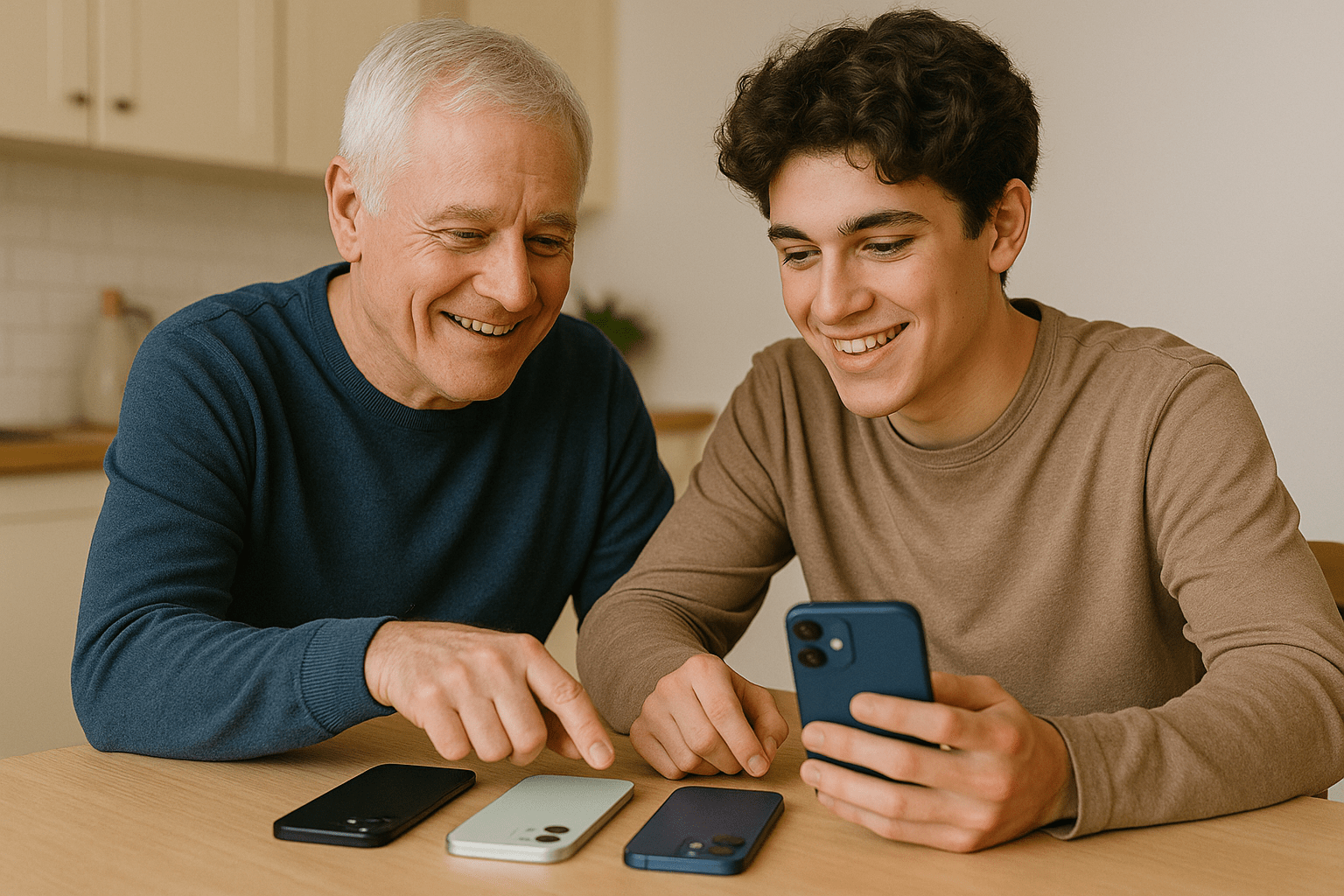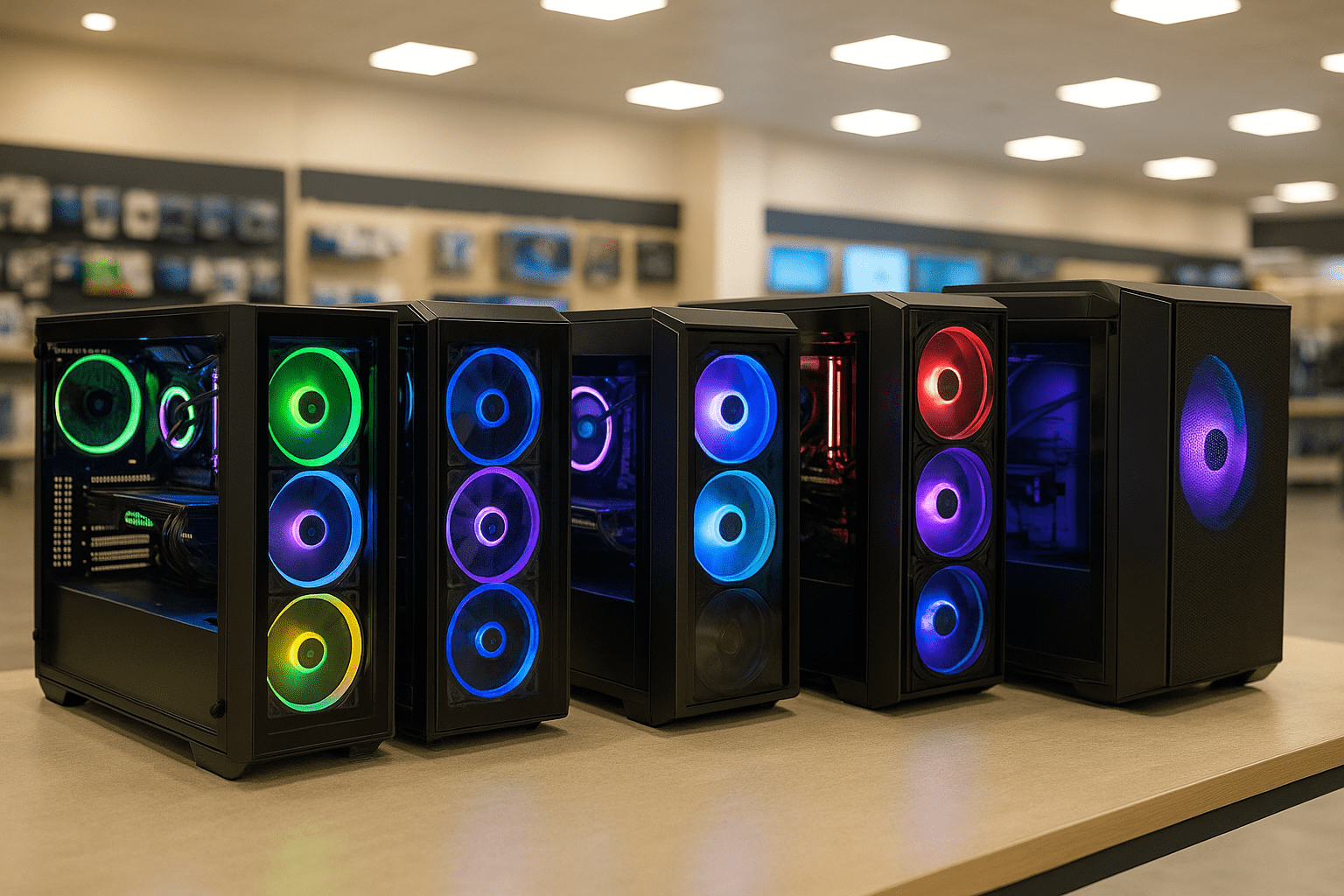Smartphones are getting smarter every year, but choosing the correct one is becoming more difficult. By 2025, you will have to decide between foldable designs, 1-inch camera sensors, AI-powered photography, and desktop-level computers. Is all of that necessary?
This guide assists you in navigating the most recent smartphone trends, comparing actual features, and avoiding marketing pitfalls, regardless of whether you’re upgrading, moving brands, or purchasing your first handset.
Why a 2025 Mobile Buying Guide Is Important
These days, a smartphone serves as more than just a phone; it’s also your wallet, camera, health tracker, and remote workplace. And with flagship products like the OnePlus 13, Samsung Galaxy S25 Ultra, and iPhone 16 Pro costing more than ₹1,30,000 ($1,500), making a poor decision may be expensive.
In a crowded, spec-heavy market, this guide provides you with the clarity you need.
✅ Key Benefits of Using a Mobile Buying Guide
- Make Smart Investments: Buy for use, not hype.
- Adapt to Your Lifestyle: Whether you’re a gamer, photographer, or working professional.
- Avoid regret: Avoid purchasing a phone that will lag or lose support within a year.
- Save money: Avoid paying too much for branding or gimmicks.
🧭 Step-by-Step Guide for Choosing the Right Smartphone in 2025
1. Set your budget.
Determine your spending limit and stick to it. Here are some updated 2025 examples:
- Budget options (under ₹15,000 / $180): Redmi A3x (2025), Samsung Galaxy M15, and Realme Narzo 70i.
- Mid-Range (₹15,000-35,000 / $180-$450): iQOO Z9 Turbo, Nothing Phone (3a) 2025 Edition, and Samsung Galaxy A55
- Flagship devices (₹35,000+ / $450+) include the iPhone 16 Pro, Samsung Galaxy S25 / S25 Ultra, OnePlus 13, and Pixel 9 Pro.
2. Choose the Right Operating System:
- iOS (Apple) offers superior long-term support, security, ecosystem (AirPods, MacBooks), and resale value.
e.g., iPhone 16 and 16 Pro Max with iOS 18 and Apple AI integration.
- Android (Samsung, OnePlus, Pixel): More affordable, customizable, faster charging, and more model diversity.
Examples include the Pixel 9 Pro for AI photography, the OnePlus 13 for gaming, and the Galaxy S25 Ultra for overall performance.
3. Know Your Needs: Match Phone to Lifestyle
|
Use Case |
What to Prioritize |
Best 2025 Options |
|
Photography |
OIS, AI-enhanced cameras, zoom lens |
Pixel 9 Pro, Galaxy S25 Ultra, Vivo X100 Pro+ |
|
Gaming |
High-refresh AMOLED, cooling, fast CPU |
ROG Phone 9, iQOO Z9 Turbo, OnePlus 13 |
|
Streaming & Binging |
AMOLED/OLED, stereo speakers, big battery |
Samsung A55, Poco F6 Pro, Realme 12 Pro+ |
|
Business & Work |
eSIM, battery life, 5G, multitasking tools |
iPhone 16 Pro, Galaxy S25+, Pixel 9 |
4. Battery Life and Charging: More Than Just mAh
- Standard battery size is at least 4500mAh.
- Mid-range devices typically have 67W+ charging, whereas flagships have 100W+ charging.
- Wireless and reverse charging capabilities are useful for flagship devices.
🔋 For example, the OnePlus 13 supports 120W cable charging and 50W wireless charging, and it can be fully charged in under 20 minutes using both.
💡 Real-World Example: Neha’s Switch from Samsung to iPhone.
Neha, a digital marketing freelancer from Bengaluru, required a gadget that could last all day, sync with her MacBook, and allow for seamless social media multitasking. She switched from the Samsung Galaxy S21 to the iPhone 16 Pro.
What she gained:
- Over 5 years of software updates
- Easy AirDrop and macOS integration
- Industry-leading video quality for Reels and YouTube Shorts.
She now edits videos on the move, saving time switching.
Common Mistakes to Avoid by 2025
- Buying on Hype: Not everyone requires AI zoom or satellite SOS.
- Consider software support: Look for phones that provide 3+ years of OS updates.
- Looking for “Mega Megapixels”: A 200MP camera does not guarantee great images; instead, check for optical image stabilization and image processing.
- Skipping hands-on experience: Always hold the phone if possible—ergonomics are important.
Future Trends to Watch in Smartphones
- AI Assistants in UI: Devices such as the Pixel 9 and Galaxy S25 use built-in AI to summarize calls, send messages, and edit photographs.
- More phones, such as the iPhone 16 and Galaxy S25 Ultra, now offer satellite communication for emergencies.
- Foldables Going Mainstream: With models like the OnePlus Open 2 and Samsung Z Fold6 becoming thinner and more durable.
- Eco-Friendly Phones: Fairphone 5 and Moto Green+ push for repairable, sustainable hardware.
Useful Tips Before Purchasing
✅ Check out comparison sites like GSMArena or 91mobiles.
✅ View 2025 video reviews by creators such as MKBHD, Gadgets360, and TechWiser.
✅ Check for exchange offers or bank discounts on Amazon, Flipkart, and Best Buy.
✅ Read the update policy: Samsung, Google, and Apple dominate in software lifespan.
Conclusion: Buy wisely, not just flashy.
In 2025, a good smartphone purchase isn’t about finding the “greatest” phone; it’s about finding the phone that’s right for you. Focusing on what matters most, whether it’s a $180 Redmi or a $650 iPhone, will help you prevent regret and maximize your money.
👉 What’s next?
List your top three priorities right now. Check out our next article, “Best Smartphones Under $350 in 2025: Ranked by Performance and Value.”




